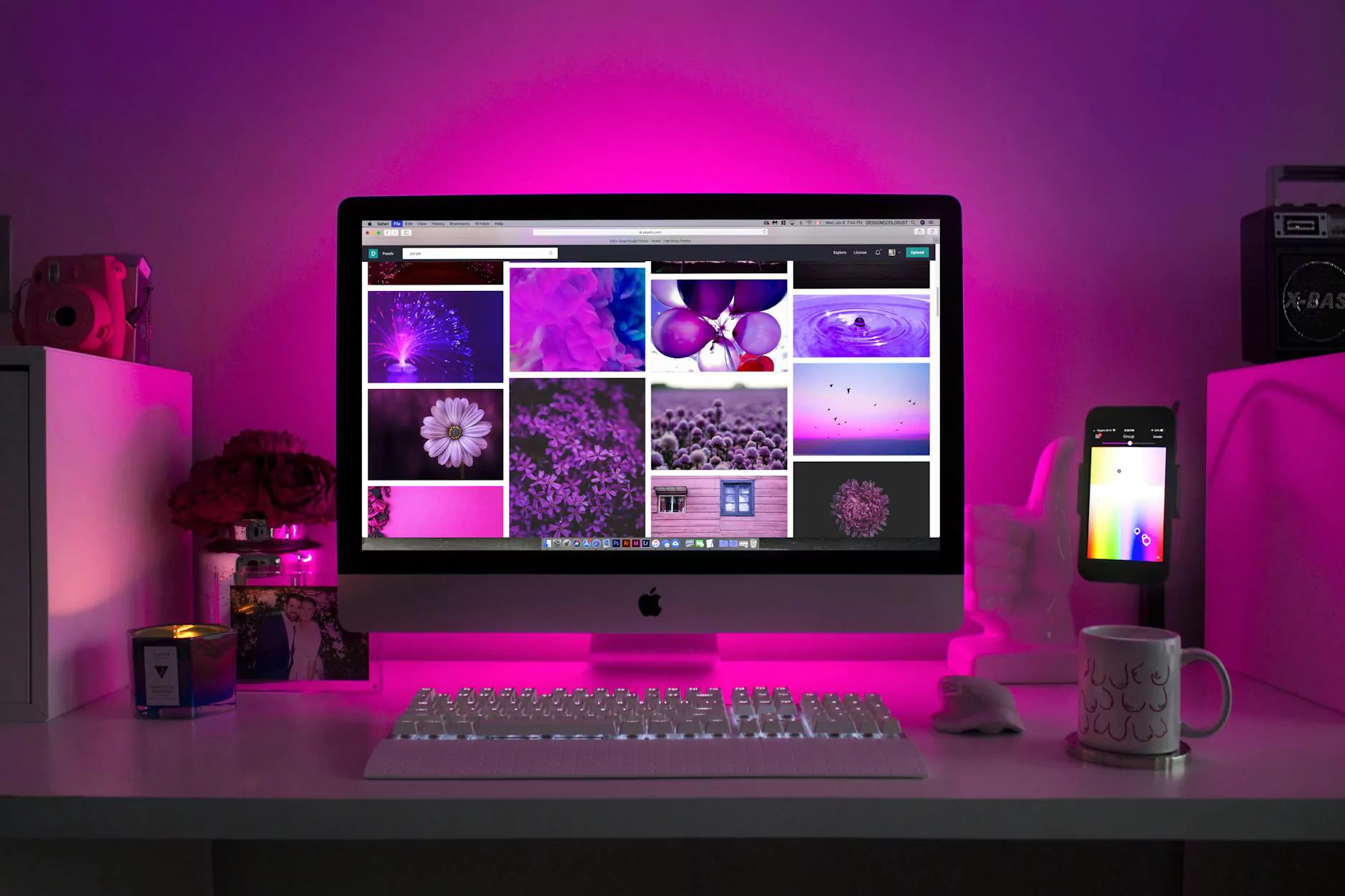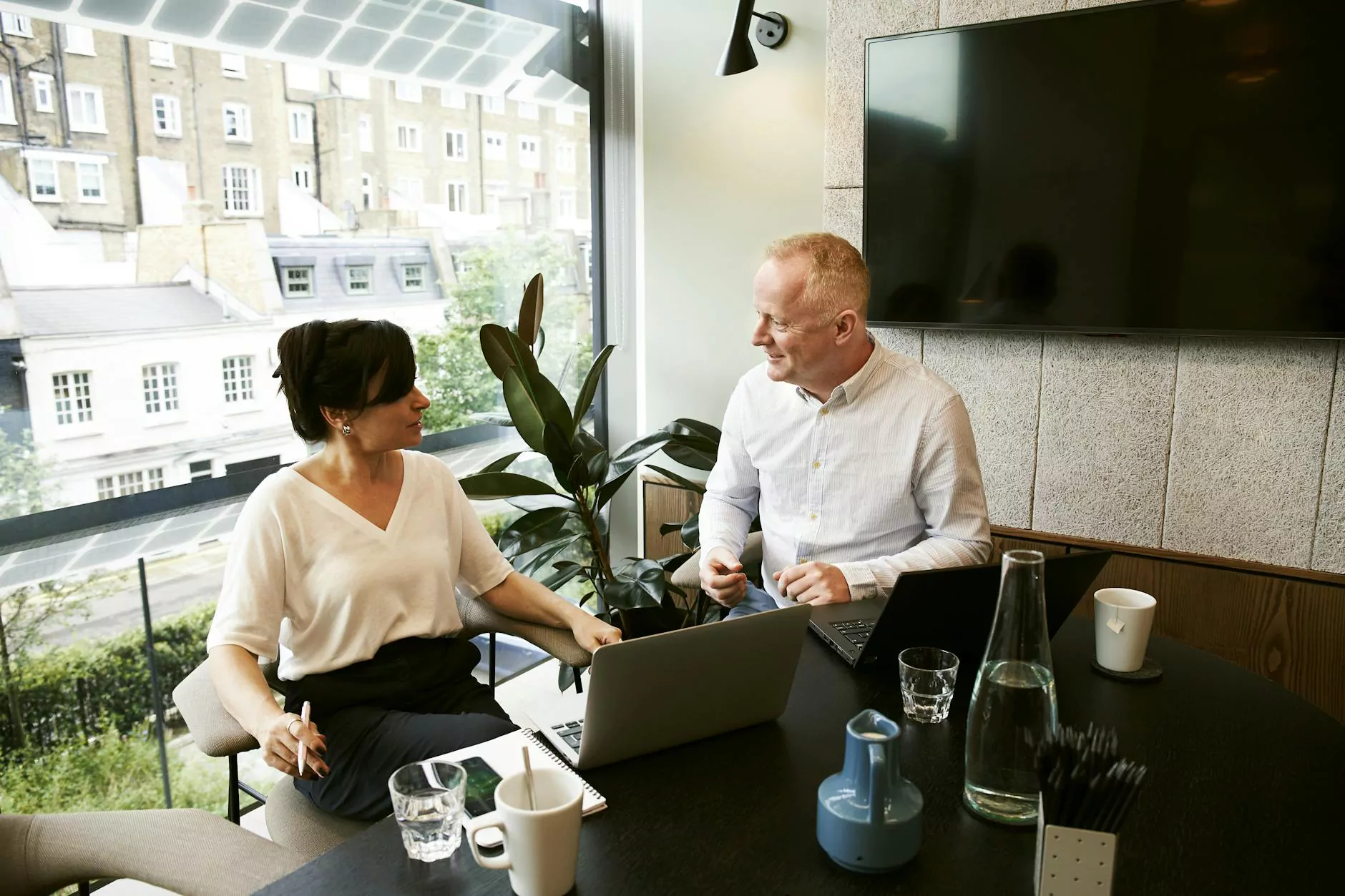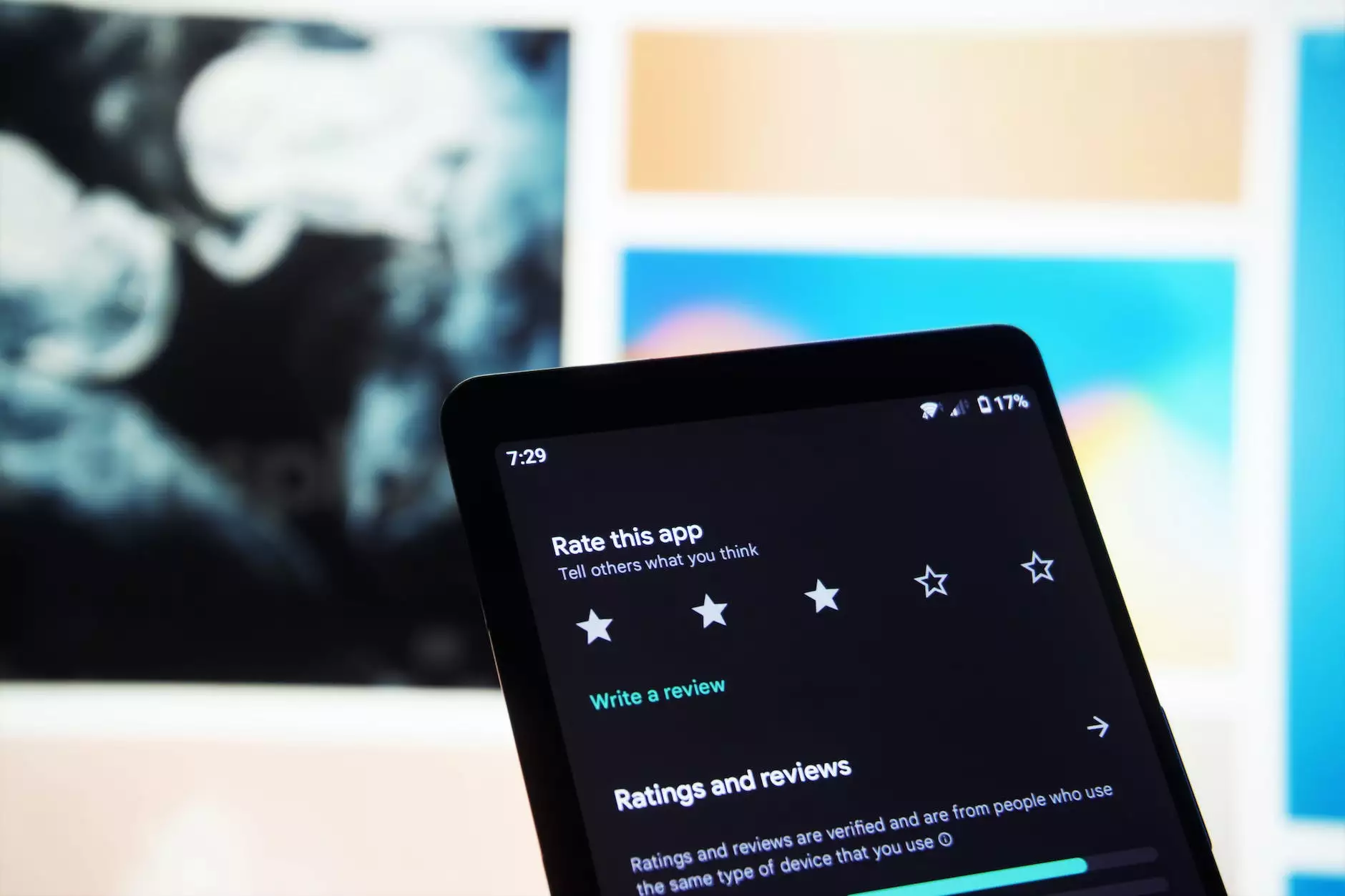Principles of Website Design: Alignment

Welcome to Jujub Web Design, where we specialize in high-end website development services for businesses and consumers in the Business and Consumer Services industry. In this article, we will delve into the importance of website design alignment and how it contributes to creating visually appealing and user-friendly websites.
The Significance of Alignment in Website Design
Alignment is a fundamental principle of website design that refers to the proper arrangement of elements on a web page. When elements are well-aligned, they create a sense of balance, harmony, and professionalism. Effective alignment helps guide the user's eye through the page, making it easier to navigate and absorb information.
Types of Alignment
There are three main types of alignment commonly used in website design:
- 1. Left Alignment: In left alignment, elements are aligned along the left margin. This type of alignment creates a clean and organized look, suitable for websites with predominantly text-based content.
- 2. Center Alignment: Center alignment places elements in the center of the page. It can be used to draw attention to key content or create a symmetrical design. Center alignment works well for websites showcasing products or emphasizing visual elements.
- 3. Justified Alignment: Justified alignment evenly spreads elements across the entire width of the page. It creates a balanced and visually appealing layout, particularly effective for websites with long paragraphs or articles.
Benefits of Proper Alignment
Implementing alignment principles in website design offers numerous benefits:
- Improved Visual Appeal: Proper alignment enhances the overall appearance of a website, making it appear more polished and professional.
- Enhanced User Experience (UX): Well-aligned elements help users navigate the website more easily, improving their overall experience.
- Increased Readability: Alignment ensures that text and other elements are positioned correctly, providing a more comfortable reading experience.
- Clear Hierarchy: Alignment can be used to highlight important elements and create a clear visual hierarchy, guiding users through the content.
- Brand Consistency: A properly aligned website ensures consistency with the brand's visual identity, reinforcing brand recognition and trust.
Best Practices for Alignment
To achieve optimal alignment in website design, consider the following best practices:
1. Grid Systems
Grid systems provide a framework for aligning elements on a web page. They enable designers to create a cohesive and organized layout that is visually pleasing and easy to navigate.
2. Consistent Spacing
Consistent spacing between elements helps maintain visual harmony and prevents the website from appearing cluttered. Pay attention to the margins, padding, and line spacing to ensure a polished look.
3. Typography Alignment
Text alignment plays a crucial role in readability. Choose appropriate alignment (left, center, justified) for different sections to enhance the overall reading experience.
4. Visual Hierarchy
Use alignment to establish a clear visual hierarchy, emphasizing key elements such as headings, subheadings, and call-to-action buttons. This guides users and directs their focus towards important content.
5. Responsive Design
With the increasing use of mobile devices, ensure that your website is responsive and adjusts alignment based on different screen sizes. This guarantees a seamless user experience across various devices.
Conclusion
In conclusion, alignment is a vital principle in website design that significantly contributes to the visual appeal, user experience, and readability of a website. Proper alignment creates balance, harmony, and professionalism, ultimately enhancing the effectiveness and success of your online presence. At Jujub Web Design, we understand the importance of alignment and implement it proficiently in our high-end website development services.










